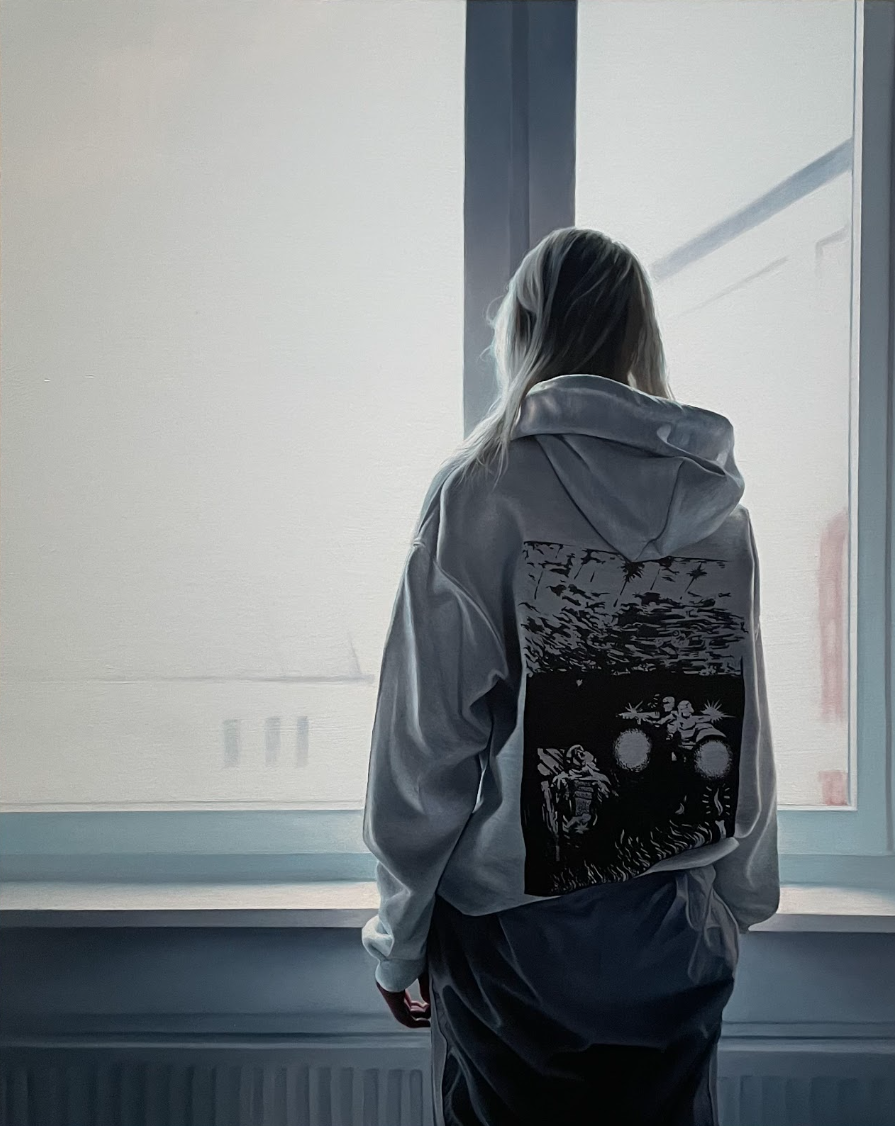National Portrait Gallery (HSFK Portrait Award 2025): A Review
- Emily Wong
- Aug 4, 2025
- 3 min read

The National Portrait Gallery is located in London, England. Opened in 1856, it has operated 169 years in exhibiting paintings, sculptures, photographs, etc. Ranging all from the historical portraits to modern works by artists.

The massive bronze entrance door is a piece by Tracey Emin named ‘The Door’, newly added in 2023 after the gallery’s closure and refurbishment in 2020. It marks a symbol of equality when 45 female portraits welcome visitors, as this piece serves as the balance to gender imbalances within the historical institution. It also hints at how diverse the portraits on display are.
One highlight at the gallery was the Herbert Smith Freehills Kramer Portrait Award. This year, the HSFK Portrait Award 2025 exhibited 46 pieces of captivating portraits, styles ranging diversely from classics to contemporary. Attracting over 40,000 entries from 100 countries since the establishment, the long-standing competition encourages artists over 18 to develop, explore themes of portraiture.
Walking around the works on display for the HSFK Portrait Award 2025, here are a number of my favourite pieces.

The artist drew her Ukrainian friend, Kseniia, capturing a personal moment when Nelson is moved by her stillness as she gazes out the window. The heaviness of the burden of her past remains in her heart and is delivered in the moment. The back of the hoodie paints a scene of war, further addressing her home country’s agony. The light brightened her strands of hair to glow lightly. Her figure makes me wonder what went through her mind, how she felt. It evokes emotions of helplessness and despair, but I, as the audience behind her, want to give her strength and comfort. This painting’s subject has its portrait facing away from the audience instead of the stereotypical image of a front facing portrait. Staring at the back of the girl gazing out of the window, the helplessness emotions transferred from the painting to me.

Chinese artist Xu Yang painted the piece dominantly black, putting forth the female figurine which contrasts from its background. I was impressed by the skilled use of black and the attention to detail in depicting the female character in the scene. To create such depth in a sea of black, she used a mix of traditional pigments as well as distinctive brushwork to form textures. Meanwhile, this portrait is of both the female and the swan which is a recreation of the Green myth of ‘Leda and the Swan’. The Tang Dynasty style makeup on the girl from the East contrasts the Western reference used. Besides, there’s a parallel use of red in the red lips of the female and beak of swan further which connects the two protagonists. This shows a great use of cross-cultural influence as well as the unity of Greek myth and contemporary styled painting.

This portrait of the artist’s wife and child shows a domestic scene, revealing a realistic moment in his daily life. His wife was depleted of energy, lying on the folded sheets at the end of the bed, facing dearly towards her child. At the same time, on the portrait of his child, were dovey eyes looking at his father, innocent and beloved. Muted colours were used with a few fleeting strokes of bright pink suggesting how ordinary and familiar it felt but also strongly emotive in that instant. This domestic scene was far from the usual classical portraits that we imagine, but reveals so much story about the subject of the painting.
The abovementioned pieces are only a small part of the displayed works for the HSFK Portrait Award. Whereas, the gallery serves a diverse range of different portraits. From exhibition rooms filled with classical portraits of historically phenomenal people to the room displaying this contemporary competition that welcomes all styles of portrait, it shows how encouraging it is for artists to explore different ways of drawing portraits and unlimiting themes they could be inspired to draw from when it comes to portrait work.





Comments